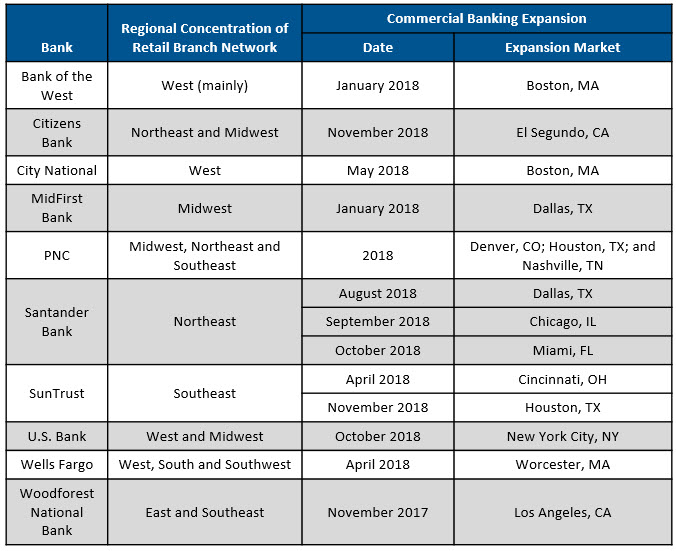“Making convenience secure”
“Protect your applications”
“Protect and grow your business confidently”
“Prevents the threat of breaches”
Anyone walking the aisles at the recent FinTech Connect conference in London reading the taglines displayed in the booths would have gotten a clear sense of the overwhelming significance of security in the FinTech space. Not that it should come as a surprise given the constant threat of crippling breaches and compromised data.
What is interesting about the threat and the proclamations of powerful counter-measures is that while the threat hangs like a cloud over the industry, the potency of security efforts effectively require a leap of faith. Just because an application hasn’t been compromised doesn’t mean it can’t be. And when the risk calculation includes the potential damage from a reported breach, even the smallest possibility looms large.
Moreover, the proof of an application’s security lies in the absence of problems. From a marketing perspective, that is a proposition that is very difficult to communicate: part of the customer value you’re delivering is a lack-of-disasters. And a lack-of-disasters is only a differentiating attribute if your competitors have all experienced breaches. In fact, then, data security is table stakes—vital, but not the thing on which you want to hang your positioning hat.
So if data security is important, but is impossible to prove or leverage as a differentiator…
- Is there still a way to claim some ownership of it as an attribute?
- Can you create value around an attribute for which nothing happening is a positive outcome?
The answer to both questions is “yes, through content marketing.” Developing and distributing a consistent, relevant, and valuable stream of data security content for prospects and customers is a proven, powerful way to instill confidence and build stickiness. Demonstrating data security expertise through content marketing does infinitely more than a promissory tagline to establish a position of trustability in customers’ minds and reinforce perceived value.
When done well, content marketing can create loyalty even in the face of low switching costs because customers and prospects become hooked on the valuable material delivered and come to recognize you as a knowledgeable and indispensable partner. Moreover, while it’s easy for a competitor to copy tagline promises of data security, it’s much more difficult to duplicate an effective content marketing engine.
